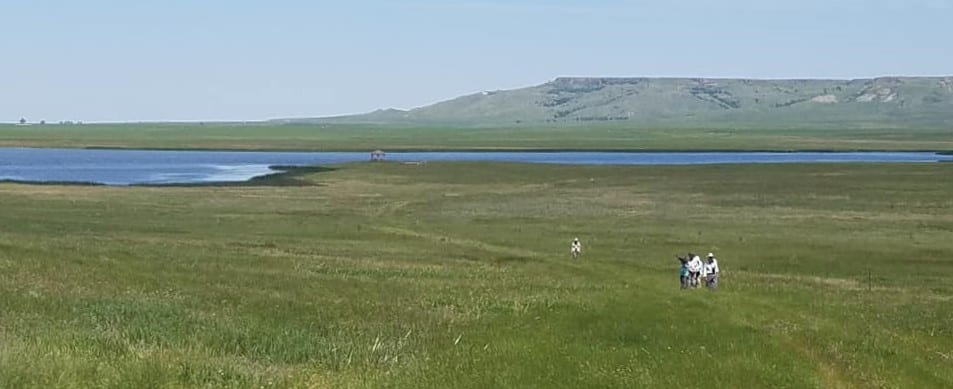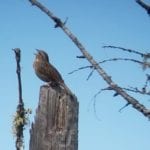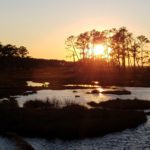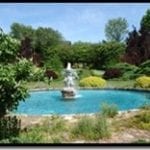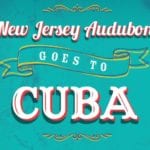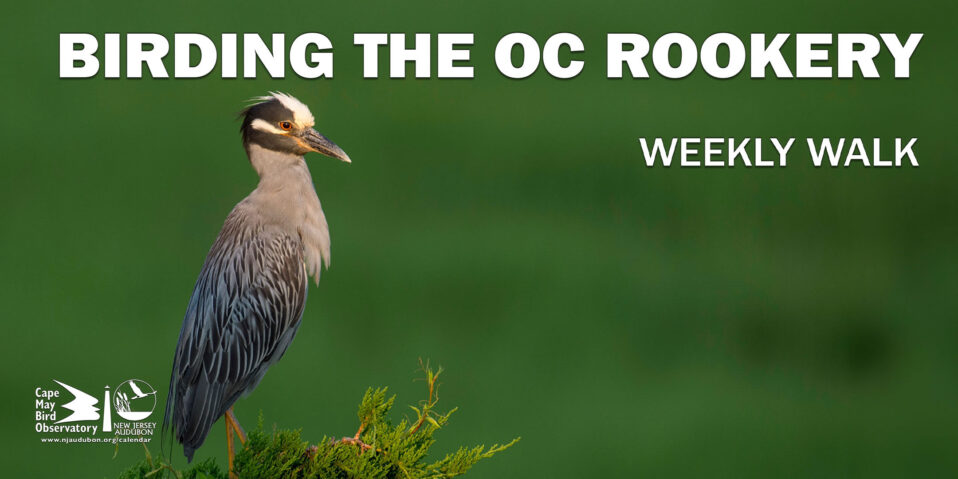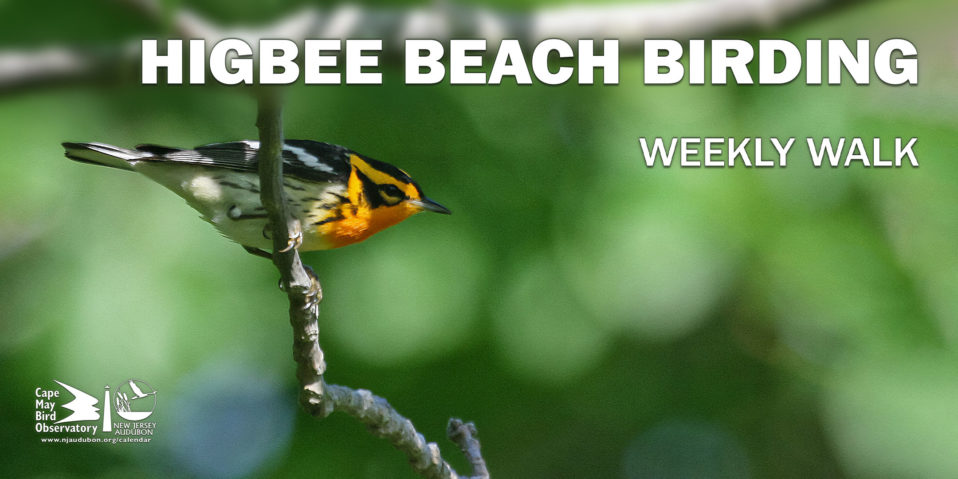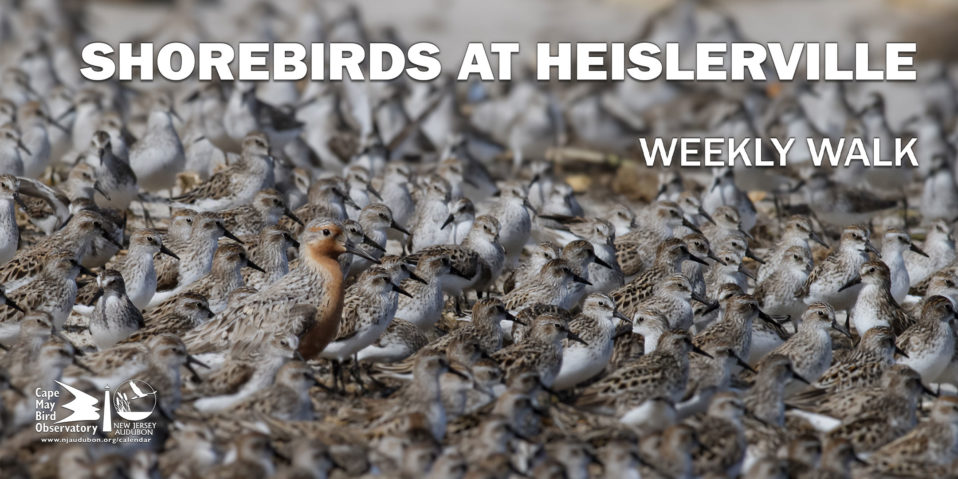A journal of our recent Grand North Dakota Eco Travel Tour
Author: Scott Barnes
Trip Leaders: Scott Barnes and Linda Mack
July 6: Arrival in Bismarck; evening orientation
July 7: We began our trip with a morning spent in the famed grasslands, sloughs, and lakes in Kidder County. Horsehead Lake was our first stop and hosted a variety of breeding species including Western Grebes, Wilson’s Phalaropes (males only-females already southbound!), Black Terns with chicks-thanks to Mack’s careful eye, and passerines like Sedge Wren, Nelson’s Sparrow, and Dickcissel. A nearby pond hosted a pair of nesting Red-necked Grebes, and Swainson’s Hawks and Bobolinks were often in sight. Our first skylarking Lark Bunting was flying over a roadside fence line. After lunching in Medina’s town park we headed to the DeWald Slough area where several dozen Western Grebes and Eared Grebes were floating around with chicks on their backs or in tow. Our first Ferruginous Hawk was here as well, and cooperatively sat atop a dirt mound for scope views.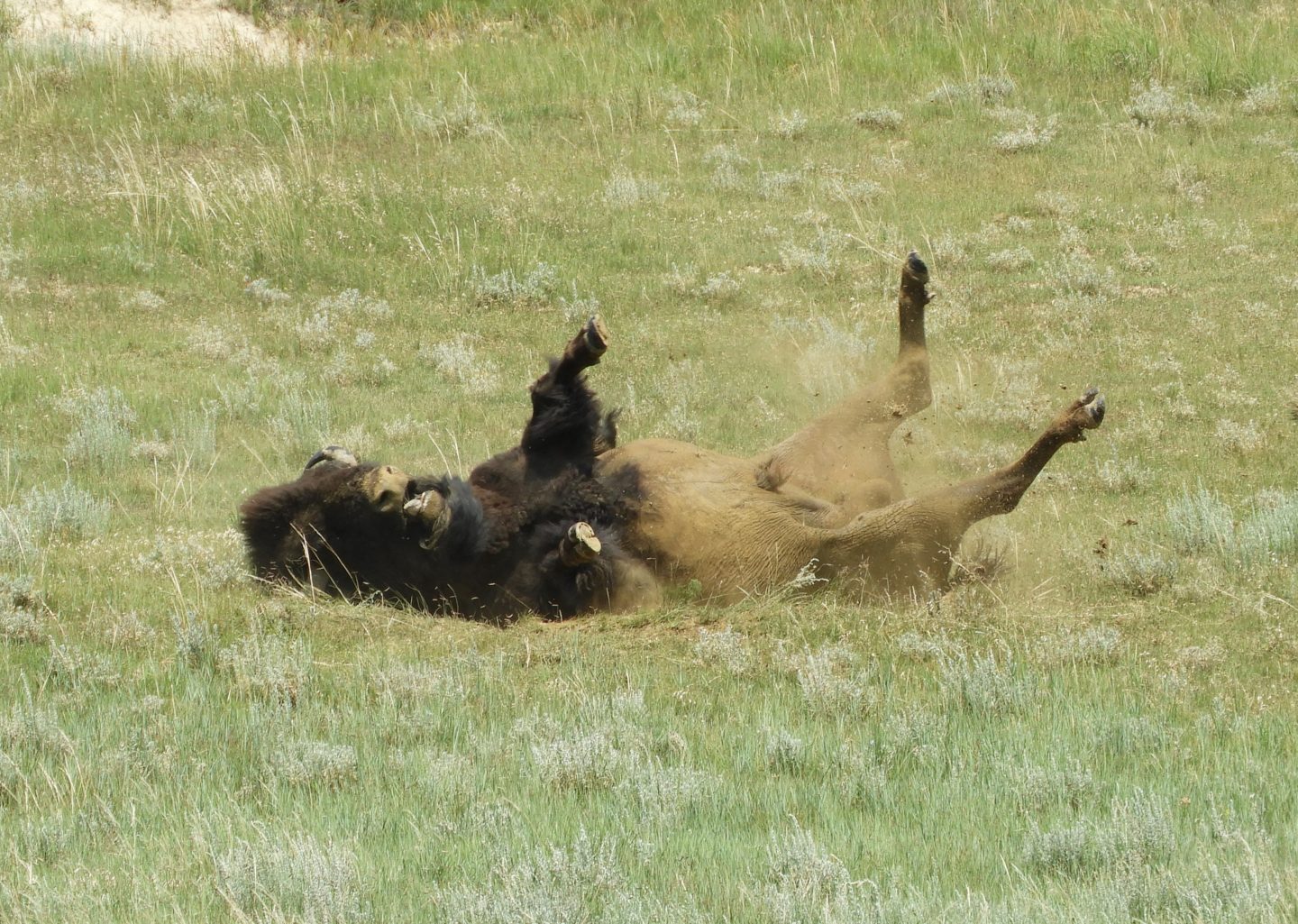
July 8: Heading west from Bismarck, we visited the dryer side of “NoDak” south of Belfield, where roadside stops gave us good views of many grassland species including winnowing Wilson’s Snipe, our first Say’s Phoebes in a field with a barn reminiscent of “Christina’s World,” Grasshopper Sparrows, and Bobolinks. A particular treat here was Burrowing Owl, generally associated with prairie dog colonies. We headed to a second prairie dog colony north of Amidon, and had a great time talking with a local ranching family while looking at more Burrowing Owls. A Loggerhead Shrike on a nearby wire competed with Corgies for our attention. Our next stop was Stewart Lake NWR, where beautiful grasslands stretched to the sky, and Baird’s Sparrows sang. The prairies were full of blooming wildflowers including Purple Coneflower. Afternoon saw us cruising the rural road north to Medora through the Little Missouri Grasslands. Scenery alone made this worthwhile, plus we saw our first Mountain Bluebirds and Lazuli Buntings of the trip.
July 9: The North Dakota Badlands are an impressive sight as they suddenly pop up as one drives west through rolling coulees and ag lands on Interstate 94. We spent the day visiting Theodore Roosevelt National Park-South Unit, beginning with some time at the visitor center while waiting out the first of several passing thunderstorms. A walk through Cottonwood Campground was highlighted by five(!) Golden Eagles, plus “peenting” Common Nighthawks, Western Wood-Pewee and Bullock’s Oriole. Other highlights this day included flycatching Red-headed Woodpeckers, prairie dog town, and an impressive dirt-bathing, grunting and growling Bison!
July 10: We drove north to Killdeer, ND where nearby grasslands gave us a good study of a “Harlan’s” Red-tailed Hawk, plus a Wilson’s Snipe perched atop a fencepost and calling Upland Sandpipers. A brief stop to stretch our legs at Rice Lake Park had the added bonus of a couple of Caspian Terns fishing over the lake.
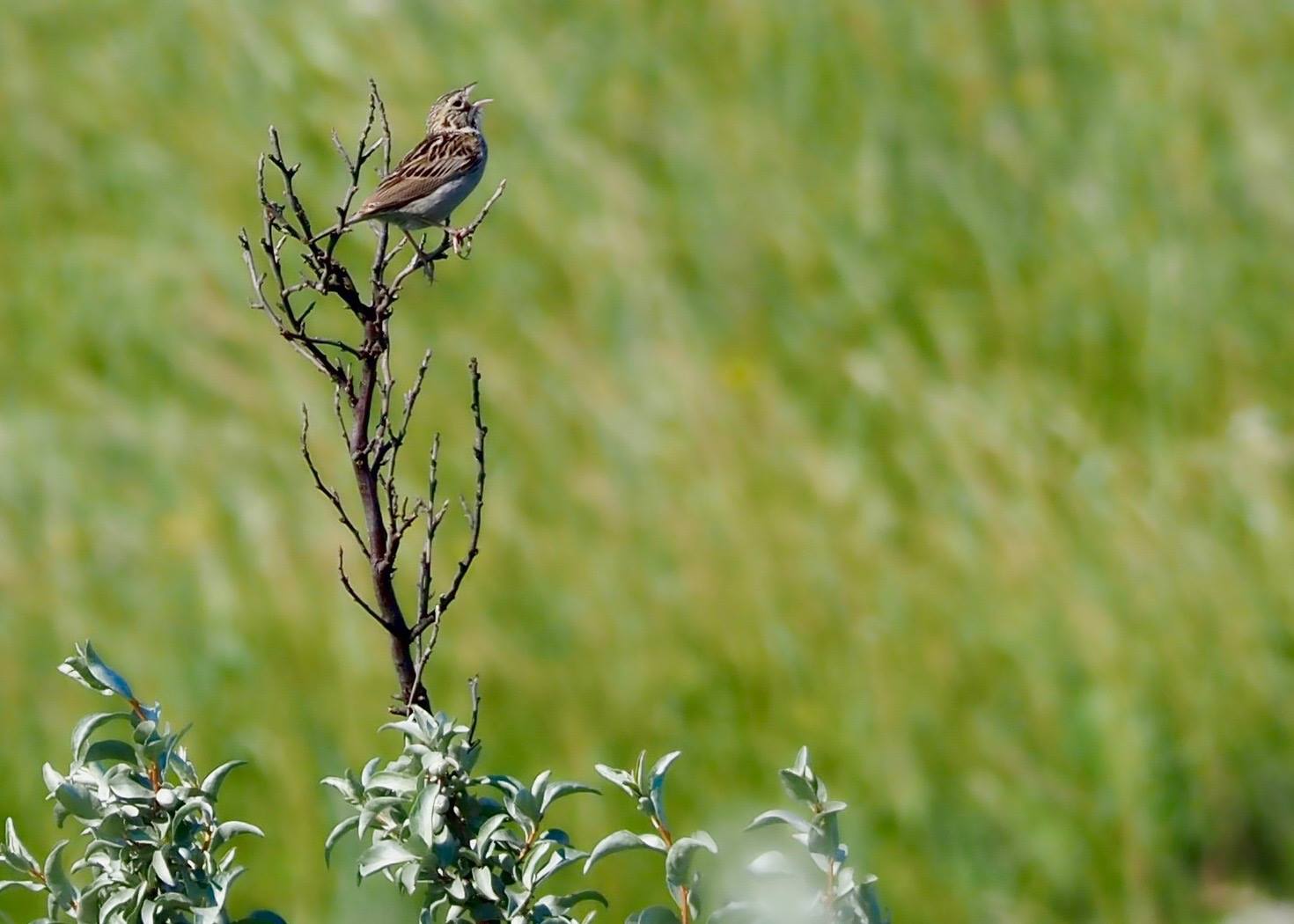
Baird’s Sparrow by John Bloomfield
July 11: We started birding on some state school land near Ross, where grasslands were rife with prairie wildflowers, including Purple Coneflower and Lead Plant. A Ferruginous Hawk was perched atop a rock as we arrived and coughed up a pellet before flying off. Two of our main quarries of the tour were singing here: Sprague’s Pipit and Baird’s Sparrow. After some searching and group effort, we enjoyed excellent views of both. The scope looks at Sprague’s Pipit were especially nice. Also in the area were skylarking Chestnut-collared Longspur—one of which sat obligingly on a rock for us to watch as Black Terns coursed over the fields.
Next we headed to famous Lostwood NWR and marveled at the rolling waves of prairie grass, the nearly constant bubbling of Western Meadowlarks, and the sound of the wind. We enjoyed a great comparison of side-by-side Eared and Horned Grebes among the now-expected scads of waterfowl and marsh birds. A LeConte’s Sparrow sang briefly and perched in the open for a moment, but we couldn’t raise him again. Our last stop of the day was Des Lacs NWR. Large numbers of Eared and Western Grebes—many with chicks on their backs or in tow—were in abundance. Our first Common Ravens were here as well.
July 12: McHenry County is among the top places to bird in “NoDak,” and we began working shrub/sedge wetlands and grasslands near Granville. More than half a dozen Wilson’s Snipe were winnowing overhead. Harriers coursed over the fields hunting and being pursued by angry parental kingbirds and blackbirds. Chestnut-collared Longspurs gave their skylarking songs, and a few Sprague’s Pipits were singing their strange (and often difficult to hear) song, vaguely reminiscent of a screechy Veery.
We spent the afternoon at J. Clark Salyer NWR, which played host to numerous shorebirds including Black-necked Stilts, American Avocets, Marbled Godwits, six Stilt Sandpipers, and “keeking” Long-billed Dowitchers. Any scan of the cattail-dominated marsh revealed dozens of White-faced Ibis, Franklin’s Gulls, and Forster’s Terns. A few Cattle Egrets were also on the wing. Other notables were a colony of Sedge Wrens—many visibly singing atop grasses, and a striking male Mountain Bluebird hunting insects near his nest box.
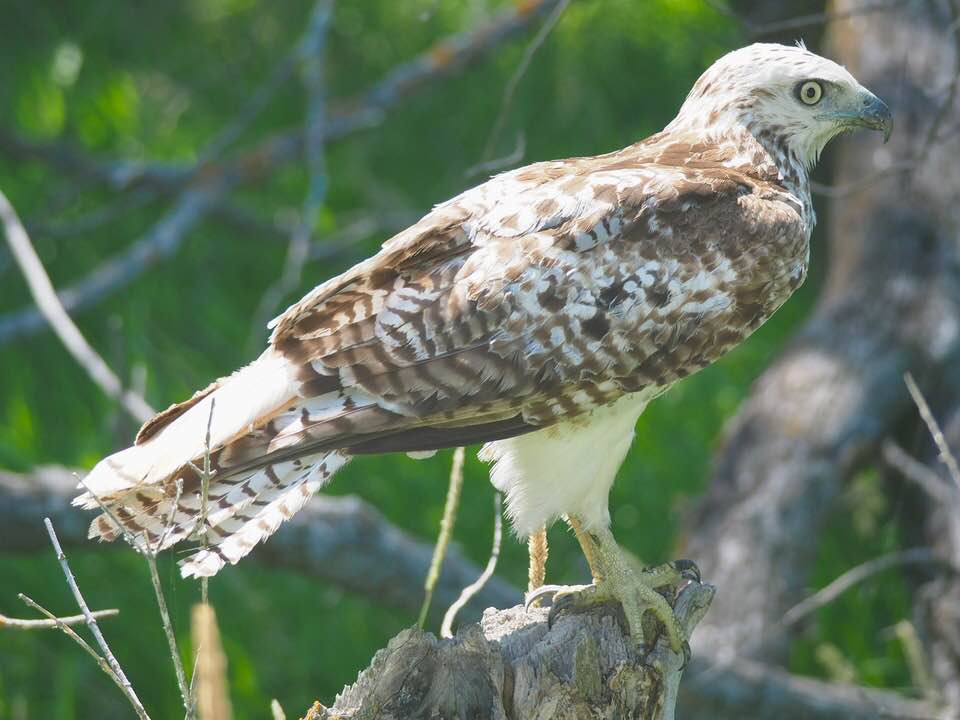
Juvenile Red-Tailed Hawk by John Bloomfield
July 13: Ron Martin, one of North Dakota’s best and most-active field birders, joined us today. The winds had dropped overnight, and calm conditions allowed us to better hear some grassland species including Sprague’s Pipit, a distant Baird’s Sparrow or two, and Chestnut-collared Longspur. Ron picked out a hen Sharp-tailed Grouse near a lek site. Nearby Denbigh Forest gave us a change of pace, and we spent time listening to some woodland species like Red-breasted Nuthatch, lots of Least Flycatchers, Eastern Wood-Pewees, and Veeries. After lunch we stopped at the Minot Sewage Lagoons where there was an assortment of ducks, single Red-necked and Western Grebes, and a distant flock of Red-necked Phalaropes.
A quick stop at Lake Audubon didn’t produce a hoped-for California Gull or Common Tern, but to our great surprise and delight, there was a cow Moose swimming across the lake—a fine way to close out our wildlife sightings of the tour.
July 14: Return home
To join one of our Eco Travel Tours please go HERE




